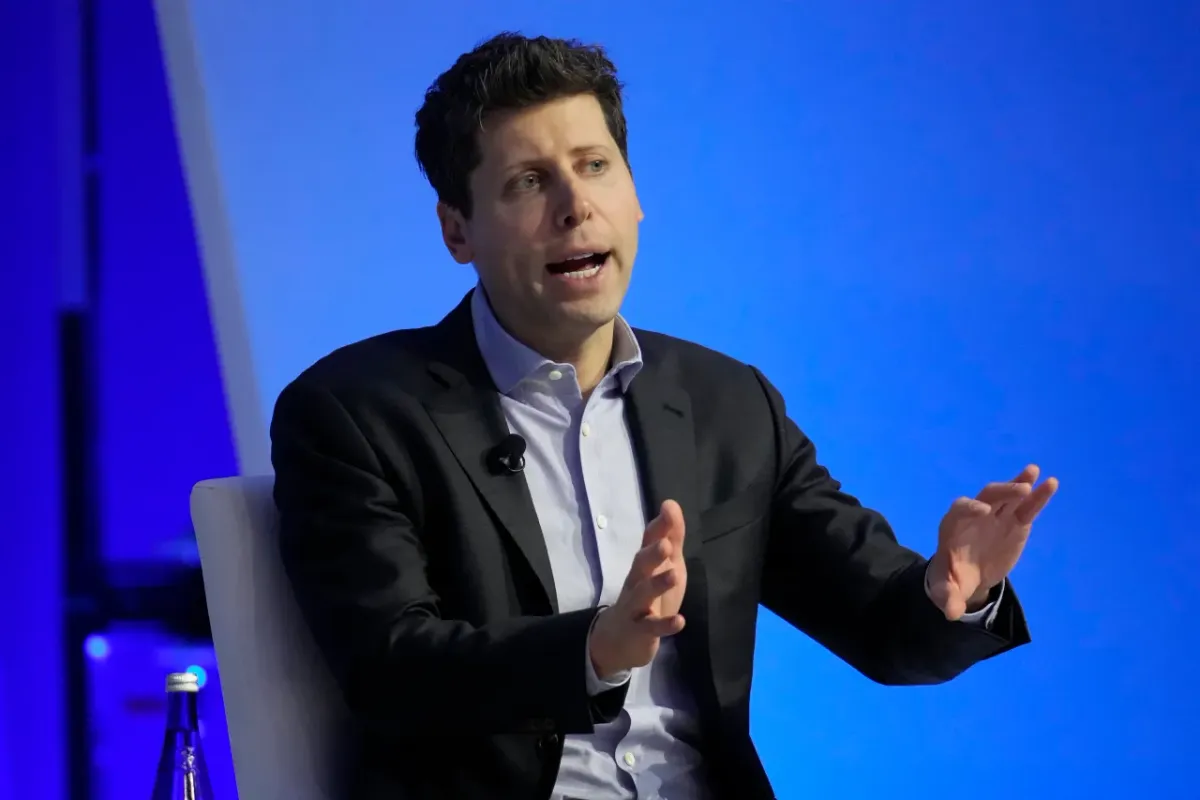AMD CEO Fires Back at AI Critics — After Massive OpenAI Deal, She Says They're ‘Thinking Too Small

AMD’s CEO Lisa Su is not holding back when it comes to the future of artificial intelligence. Following a groundbreaking multibillion-dollar deal with OpenAI, she’s challenging anyone who doubts the long-term impact of AI, calling their thinking “too small.”
The tech leader believes now is the time for bold moves, not caution. And AMD is doing just that with a huge commitment that could completely reshape the AI landscape — and potentially AMD’s position in it.
A Game-Changing Deal With OpenAI
In one of the most significant infrastructure partnerships in tech history, AMD will supply OpenAI with up to six gigawatts of GPUs over several years. The chips will power OpenAI’s growing AI models and services, starting with AMD’s upcoming MI450 series expected to roll out in the second half of 2026.
As part of the deal, AMD issued OpenAI warrants for up to 160 million shares of the company — around 10 percent of its current market cap. These shares will be granted in stages as AMD meets certain performance and delivery milestones, starting with the deployment of its first gigawatt of GPUs.
It’s a win-win structure designed to align long-term success for both companies. In return, AMD could be looking at tens of billions of dollars in future revenue, according to Su.
AMD Stock Surges on the News
The market reacted swiftly to the news. AMD shares jumped over 20 percent, marking one of the company’s best single-day performances. Investors appear confident that the partnership signals a major step forward in AMD’s efforts to compete in the AI chip market — a space that has so far been dominated by Nvidia.
Some analysts believe this deal could add as much as $18 billion in annual revenue for AMD and boost earnings by several dollars per share within the next five years. The growth potential is massive, especially if OpenAI’s demand scales as expected.
Lisa Su’s Bigger Vision for AI
Speaking to Yahoo Finance after the announcement, Lisa Su made it clear that she believes this is just the beginning of something much bigger.
She emphasized that AI is still in its early stages and will create a long-term shift across industries like healthcare, finance, and scientific research. Su called this the start of a 10-year supercycle, driven by the increasing demand for AI computing power.
She explained that with the right AI infrastructure, the world could solve diseases faster, accelerate drug discovery, improve early diagnoses, and dramatically improve quality of life. That potential, she said, is why AMD is investing aggressively now.
Catching Up With Nvidia
While AMD is making bold moves, Nvidia still controls the vast majority of the AI GPU market — around 90 percent. AMD has been working hard over the past two years to gain market share, and this deal with OpenAI marks a significant moment in that effort.
Analysts see the partnership as a validation of AMD’s strategy and its ability to compete at scale. The MI450 chips, designed for massive AI workloads, are expected to challenge Nvidia’s dominance when they arrive in 2026.
The partnership also sends a strong message that OpenAI, one of the most powerful names in the AI industry, sees real potential in AMD’s technology.
What the Deal Means for the AI Ecosystem
The ripple effect of this deal extends beyond AMD and OpenAI. Suppliers like Astera Labs, which provide networking infrastructure for AMD’s AI platforms, are expected to benefit as well. AMD’s new Helios platform, a key component of its AI architecture, is now seen as a critical piece in the broader AI hardware space.
This deal could spark similar partnerships and investments throughout the AI industry, especially as companies race to secure compute power in a highly competitive environment.
A Bold Bet on the Future
While some critics worry that tech companies are pouring too much into AI too fast, Lisa Su believes those fears are short-sighted. In her view, the companies willing to move boldly will be the ones who win.
She acknowledges the risks, but insists the payoff is worth it. Su is betting big on AMD’s ability to deliver, and she’s not alone. Investors, analysts, and even competitors are now watching closely to see how this partnership plays out.
As the demand for AI infrastructure continues to rise, AMD is positioning itself not just as a player, but as a future leader.
Conclusion
Lisa Su’s message is clear: think bigger. The deal with OpenAI is more than a business move — it’s a statement that AMD is ready to take on a central role in building the future of artificial intelligence.
By combining powerful technology with strategic partnerships, AMD is making a long-term play that could define the next decade of computing. And if Su is right, this is only the beginning.
